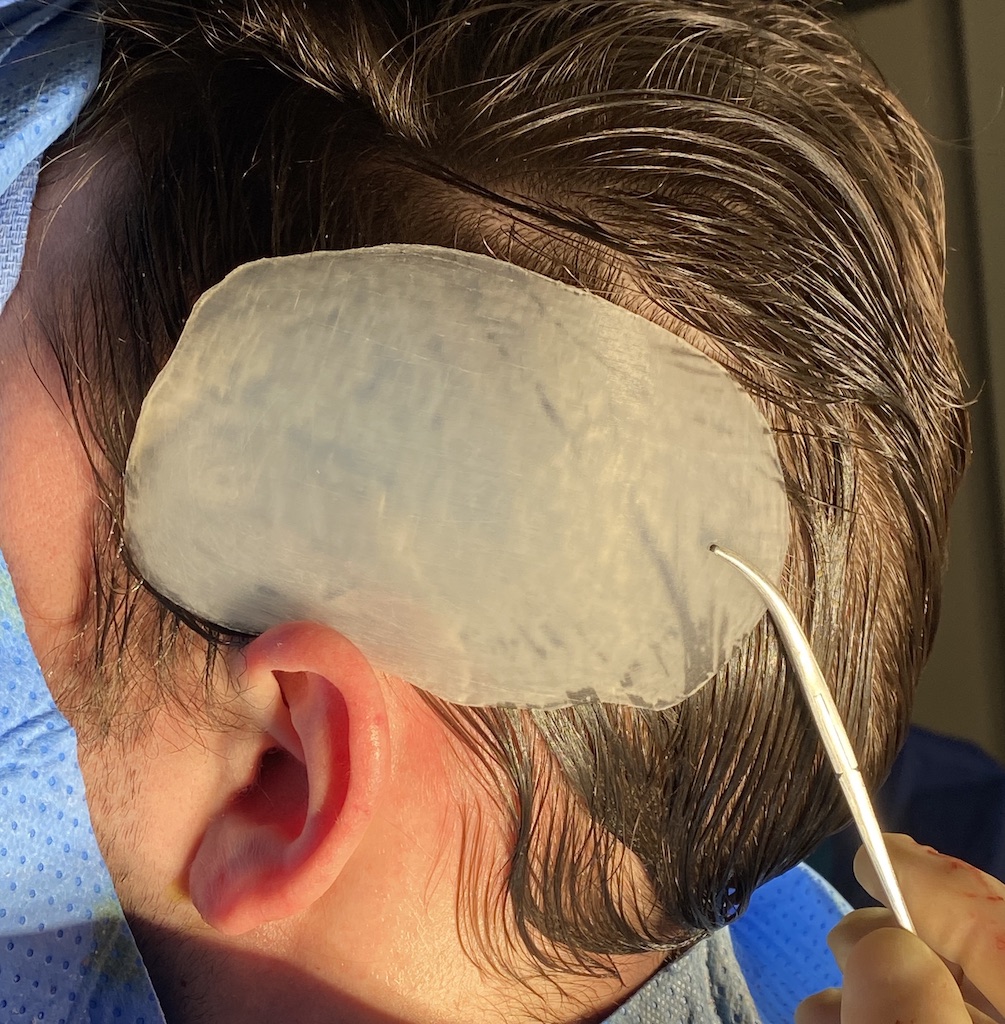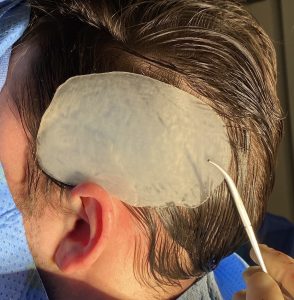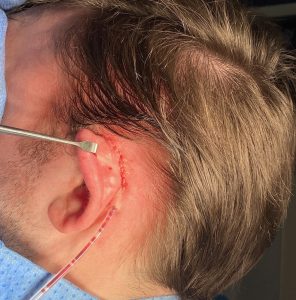Background: The skull has five surfaces which all connect to each other to create a wide variety of head shapes. While three of the skull surfaces are purely bone in composition (front, top and back) the side of the head is a combination of bone and muscle. The dimension that the side of the head creates is width as seen in the front view. Different side widths can be seen as flat, concave or convex. Flat or some mild convexity is more aesthetically acceptable than a concave frontal profile.
When the head is too narrow or concave injectable techniques such as filler and fat have limited use and are restricted to treating the smaller anterior non-hair bearing temporal area by the side of the eye. But the larger side of the head only an implant can provide the reliable volume needed to have a visible expansion effect.
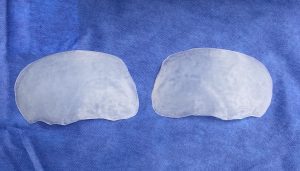
Case Study: This young male desired to have the combination of an occipital knob skull reduction combined with the placement of head widening implants. He had a longer back to front skull length with narrow sides with a concave side of the head profile in the front view.
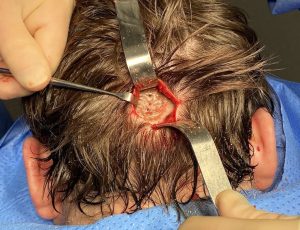


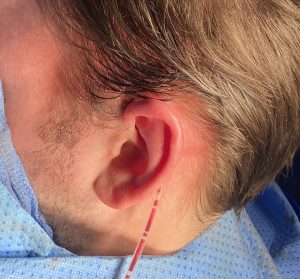
While head widening temporal implants are usually placed in the supine position they can equally be done in the prone position as well. This can be necessary when other skull reshaping procedures are being done on the back of the head albeit reduction or augmentation.
Key Points:
1) Patients seeking head widening temporal implants had a narrow head shape that has a concave shape in the frontal profile.
2) Special design temporal implants are placed through a high postauricular incision in the submuscular location.
3) Head widening implants can be placed with the patient in the prone position.
Dr. Barry Eppley
World-Renowned Plastic Surgeon

